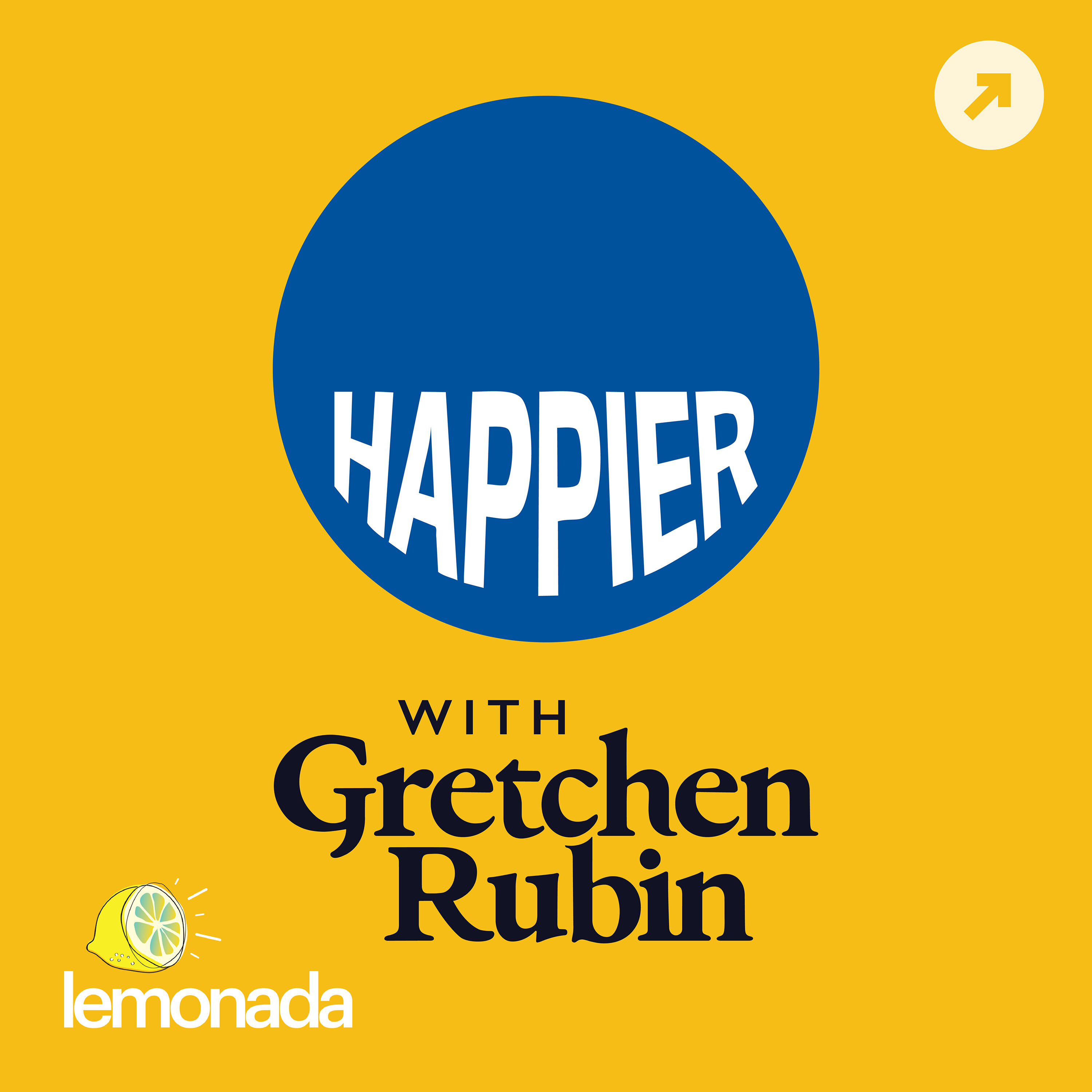
Update
I mention that my family just passed the seventh anniversary of my husband Jamie’s miraculous cure from the hepatitis C he got from a heart operation as a child. If you want to read my post about it from 2015, it’s here.
2022 is underway, and for the new year, many people want to change a habit. So we discuss a “Starter Kit” for habit change!
Habits are the invisible architecture of daily life. We repeat about 40 percent of our behavior almost daily, so our habits shape our existence, and our future. If we change our habits, we change our lives; if we cultivate habits that are good for us, we’re far more likely to be happier, healthier, more productive, and more creative.
To change a habit, it’s important to set ourselves up for success. Often, the reason that people fail to master a habit is because they’re using an approach that, sure, works well for other people, but it doesn’t work for them.
In Better Than Before, my book about habit change, I describe the 21 strategies we can use to make or break our habits. While sometimes people protest, “Twenty-one is too many, give me one or two!” it’s good to have many options – because some of these strategies work well for some people, but not others, and some strategies are available to us at some times, but not all the time.
That said, if you want a starter kit – a starter pack to get you thinking about new approaches to try – we’ll discuss seven strategies that tend to be mostly useful and popular.
The key thing to remember: there is no magic, one-size-fits-all solution to habit change! Each of us must do it in the way that’s right for us. So it’s crucial to think about yourself – your temperament, values, interests, and environment – so you can set up your habit in the way that will work for you.
Starter Kit for Habit Change
Self-knowledge is crucial, so…
1. Use the Strategy of the Four Tendencies. Don’t know if you’re an Upholder, Questioner, Obliger, or Rebel? Take the free, quick quiz here. More than 3.5 million people have taken the quiz.
2. Use the Strategy of Distinctions. Knowing yourself is so important that it’s not enough to know your Tendency, you must also recognize your Distinctions. For instance, are you a Lark or an Owl? Marathoner or Sprinter? Under-buyer or over-buyer? Finisher or Opener? Novelty-lover or Familiarity-lover? Abundance-lover or simplicity-lover?
The distinction between Abstainers and Moderators is so significant that it warrants its own strategy, the Strategy of Abstaining. This distinction describes how people most easily face a strong temptation.
If you want more self-knowledge, you might enjoy using my Know Yourself Better Journal
3. Use the Strategy of Monitoring. What do you actually do? Monitoring a habit has an almost uncanny power. It doesn’t require change, but it often leads to change, because people who keep close track of just about anything tend to do a better job of managing it. Tracking boosts self-control in key categories such as eating, drinking, exercising, working, TV- and internet-use, spending—and just about anything else. Note: to be able to monitor, an aim needs to be concrete and specific. Not “Get more rest” but “Turn off the light by 11 pm” or “No scrolling after 10 pm” or “Nap for 22 minutes a day when possible.”
To make monitoring easier and more pleasant, you may like to use my Don’t Break the Chain Habit Tracker. I must say, I love this tracker.
First things first, so…
4. Use the Strategy of Foundation. To keep our habits, it’s important to have a solid foundation that gives us energy and focus – so begin by making sure to…
- get enough sleep
- eat and drink right
- move
- un-clutter – for most people, but not everyone! Some people, like Elizabeth, are clutter-blind
If you need more rest (#1), consider joining us for #Rest22in22! If you want lots of ideas for creating more outer order (#4), you might find my book Outer Order, Inner Calm useful.
Put another way: Treat yourself like a toddler! Or treat yourself like a puppy.
Try some simple ways to make it easier to keep your habit:
5. Use the twin Strategies of Convenience and Inconvenience. Make it easy to do right and hard to go wrong. Change your surroundings, not yourself.
6. Use the Strategy of Pairing. Only do X when you’re doing Y. This approach is simple but surprisingly effective. Podcasts are great for pairing – pair a favorite podcast with a task like exercising or cleaning, to help stay on track.
7. Use the Strategy of Treats. This is the most fun strategy! It’s easier to ask more of ourselves when we’re giving more to ourselves. When we give ourselves treats, we feel energized, cared for, and contented, which in turn boosts self-command.
But we need healthy treats! We don’t want to do something to make ourselves feel better that then just make us feel worse in the long run. We all need a long list of healthy treats we can give ourselves.
As a mug-lover, one of Elizabeth’s healthy treats is using her fancy mugs.


Note: the Strategy of Treats is not the same as the Strategy of Rewards! Which is a very, very tricky strategy to use.
If you’ve tried and failed in the past, if you’ve broken countless New Year’s resolutions, don’t get discouraged. There are so many ways that we can achieve our aims, and you may be trying strategies that just don’t work for you.
We often see the statistic that 80% of resolutions have been abandoned by mid-February – so I’m calling February 15 “Discouragement Day.” By stopping to think about ourselves, and how to set up our habits in the way that’s right for us, we can avoid that discouragement and keep going past February 15.
Resources
- As you work on your habits, you may find my Checklist for Habit Change useful. Download this free one-pager here. It will help you deploy all 21 strategies for habit change.
- To read more about full list of 21 strategies, you can read my book Better Than Before: What I Learned About Making and Breaking Habits (Amazon, Bookshop).
- If you’d like to get the Happier show notes by email each week, you can sign up here.
